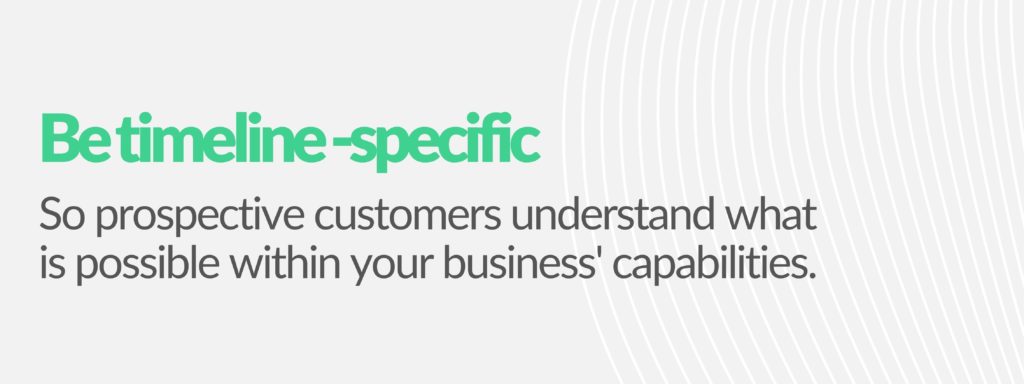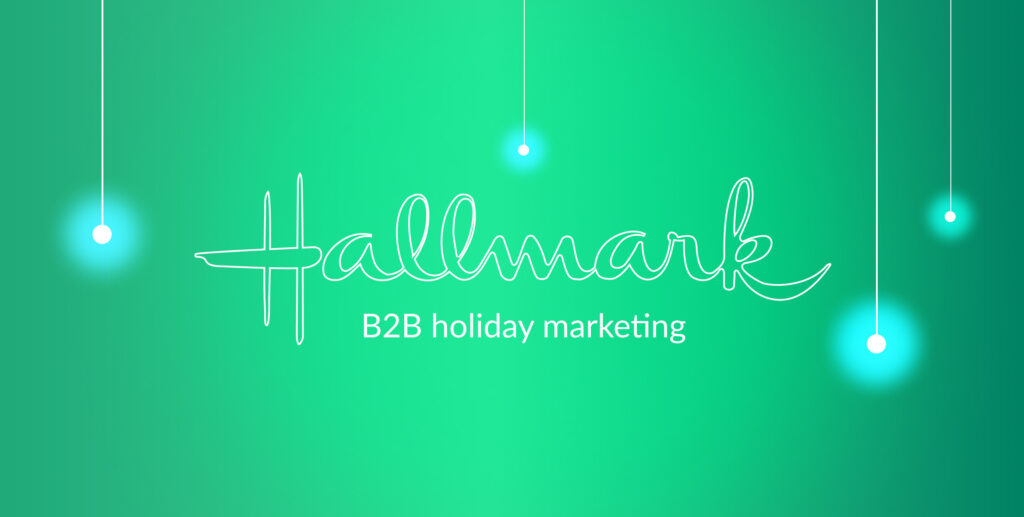How to create a tech B2B case study that works (+ template)
In our recent study, 50% of B2B decision-makers stated case studies were their favourite type of content when researching tech products and services. This tells us that, when done and used right, case studies are great marketing assets for tech B2B businesses. They are an opportunity to demonstrate how your product or service works in practice, and how it helps other businesses achieve specific goals.

This social proof aspect is crucial when it comes to brand differentiation – after all, others’ opinions do influence our choices. People look at reviews, and ask for friends, family, or colleagues’ views when trying to make purchase decisions. That’s why word of mouth is the most effective marketing technique – and case studies should aim to be just that, communicating the positive opinion of your business from a similar client to your target audience.
Figure out the format
When getting to writing, remember that everyone likes a story. We attach meaning to them in a way in which we don’t to lists of stats or other types of plain data. Of course, in tech B2B, it can be harder than in B2C marketing to appeal to the emotions of the buyer, but if you succeed in creating a case study that is interesting, relatable and convincing, you will be much closer to closing a sale.
Knowing this, it makes sense to write your B2B case study in a story rather than a report format. Make sure it has a story arc, with beginning, middle and end – and again, make it interesting so that your tech B2B content stands out from the competition. We’re not suggesting that you leave all facts and numbers behind, just integrate them into the story and present them in appealing, easy-to-digest ways.
The aim of all this is to make your tech case study as relatable to the audience as possible. It can be easy to fall into the trap of talking about how great your business is, so remember that it’s all about them. And finally, keep it brief and include only key, relevant information.
Without further ado, here is our B2B tech case study template, in 4 easy steps:
1. Get the headline right
Regardless of the format of your case study, getting your headline or title right is crucial since it is the first opportunity to spark your customer’s interest. So, as you would if it were an article headline, think about what will make your audience want to know more, and spend time getting it right. After all, if your headline isn’t strong, it won’t matter how good your content is because your customers likely won’t read past the title.
To create a headline that makes readers intrigued to know more, make sure it includes: your client, the service they used, and the pain point or result achieved. Here are some templates you can use:
- How [client] used [product] to [result]
- How [client] got [result] from [product]
- How [client] found a solution to [pain point] with [product]
- How [product] helped [client] go from [pain point] to [result]
2. Paint a picture of the client
Before you start writing this section, make sure you know your customer, and how to speak to them. Create a B2B customer profile, and define all of your content with them at the centre. What appeals to them? What frustrates them? What do they value?
The case study chosen should be relatable to them, so that the buyer can identify themselves with the pain points and needs of your previous client. A good rule of thumb is that both the client in the case study, and the buyer you’re targeting, should fall under the same customer segment.
Make sure your client section addresses:
- Client profile – Industry, company size, target customers, business model and other relevant details. Remember the aim is not just to talk about your client, but to get your prospective customer interested, so think of what commonalities you can highlight in this section.
- Pain points – Create relatability in the B2B decision-maker through naming pain points that matter to them, and how your business alleviates them. This will also help you build trust as you will demonstrate a deep understanding of the industry and its challenges.
- Blind spots – What gap did your product or service close? Did your business bring any new opportunities to its tech B2B client? What did your client want to do and couldn’t before purchasing from you? What skills, relationships or capacity factors were holding them back before you came along? Demonstrating how your business contributed to a business’ growth and innovation will make your case study that much more valuable.
- Needs and aim – Describe the need in detail and be as specific as possible about the objective. Don’t be afraid to include KPIs, USPs, or customer satisfaction ratings – but bear in mind that you will likely have to randomise the data. The aim of being this detailed is to help the reader understand exactly where the client was before hiring your services.
3. Describe your product and the service delivered
Here is where you explain why your client chose a specific solution. You can go into detail but remember to keep the focus on them and their success. Don’t make this section about all of your products; instead, focus only on the ones relevant to your target. This will help you attract your ideal B2B customer (and if you really want to mention that shiny new product, you can always include it as part of a value-added section).
Remember you’re still telling a story, so make sure you follow a timeline of what services were offered at different stages. Being specific about this allows prospective tech B2B customers to understand what is possible within your business’ capabilities.

4. Highlight the results
Your last section should be all about how you changed your client’s business for the better– the more you close your story with a bang, the more likely your prospective customer is to remember you. Once again, be as specific as possible and remember numbers are objective and convincing. Dates, figures and metrics (CPAs, ROI etc.) can help you highlight exactly what you were able to deliver, boosting your credibility.
To make the results attractive and easy to understand, you could use graphics and other visuals like video or animations (depending on the channel and the format of your case study). Here is also where you can include quotes and let them act as word of mouth, allowing your customer to speak directly to your prospective client.
To wrap up…
- Strong headline
- About the client
- Profile
- Pain points
- Blind spots
- Needs and objectives
- About the solution
- Results
…and you’ve got yourself a case study!
Now you just have to get it out there. Integrate it into your marketing strategy and repurpose it for different channels. Promote it on social media, upload it to your website, and train sales teams to appropriately present it at client pitches.
And finally, remember that the how is just as important as the what – bad graphic design can ruin a great message. Create case studies in various formats, and include images, infographics, and videos, to help you get key info across both quickly and easily.
Looking to outsource your tech B2B marketing? Drop us a line at hello@isolinecomms.com



